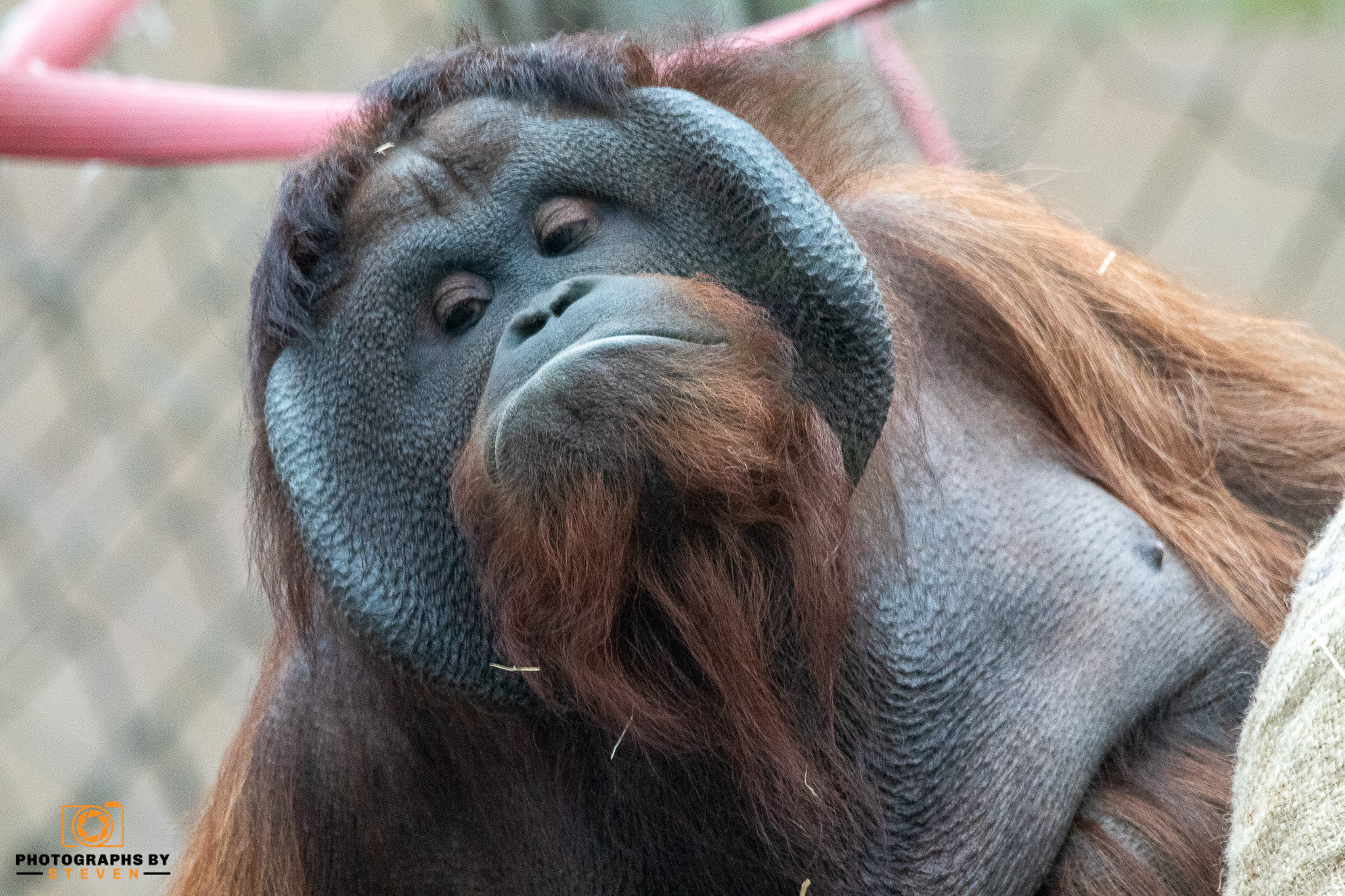Sloths are tree-dwelling creatures native to Central and South America's tropical jungles. Sloths are notorious for their sedentary lifestyle since they sleep for around 15 hours each day. They spend the remainder of their time feeding, moving from tree to tree, and avoiding predators. Sloths, surprisingly, are good swimmers and would frequently descend from treetops into the ocean for a swim.
Depending on how many claws they have on their front paws, sloths can be classified as two-toed or three-toed. As a result, their surnames are deceptive. The back paws of all sloths have three toes.
Although there are two sloth families, there are six sloth species:
- The endangered Pygmy three-toed sloth
- The maned sloth is a vulnerable species.
- The Pale-throated Sloth
- Brown-throated sloths are one of the most numerous animals in the rainforests of Central and South America.
- Linnaeus' two-toed sloth
- Hoffman's two-toed sloth
Two-toed sloths, like three-toed sloths, have a thick coating of long, greyish brown hair with algae growing in it that covers a short coat of underfur. However, whereas the outer hairs of the three-toed sloth are fractured transversely, the outer hairs of the two-toed sloth have longitudinal grooves that harbour algae. On the abdomen, the over hair is separated and draped down over the sides of the body.
The two-toed sloth is somewhat more significant than the three-toed sloth. Adults weigh up to 8 kg and have a head and body length of 60–70 cm (24–27 inches) (17.6 pounds). At birth, the young weigh just 340 grammes (12 ounces). The two-clawed forelimbs are just slightly longer than the three-clawed hind limbs. Most mammals have seven neck vertebrae, and three-toed sloths have eight or nine, while two-toed sloths only have six or seven.
Here are some sloth facts:
Sloths have three times the power of humans
The undisputed world champs of pull-ups are sloths. Sloths can raise their entire body weight with just one arm from the time they are born. Not only that, but sloths have 30% less muscle mass than comparable-sized animals yet are three times stronger than the typical human. They have a unique muscular structure that permits them to withstand the force of a jaguar attempting to pull them from the tree. The sloth's wrists and feet have specialised tendons that lock into place, allowing them to hang upside down for long periods without spending any energy.
Sloths are blind in bright daylight
They have an extremely unusual trait known as rod monochromacy, which means they have no cone cells in their eyes. As a result, all sloths are colourblind, have low-light vision, and are entirely blind in broad sunlight. Their poor eyesight also contributes to their slowness – you can't sprint about in the woods if you can't see where you're going! Fortunately, sloths compensate for their low vision by possessing an incredible sense of smell and a fantastic spatial memory!
They go quicker on the water than they do on land
Despite spending most of their time in the trees, sloths are excellent swimmers. They can travel three times faster through water than they can on land! Three-fingered sloths have two more vertebrae than any other animal. This allows them to swim with their heads tilted 270 degrees and their noses above the water.
A leaf takes sloths 30 days to digest
Sloths have the slowest metabolic rate of any mammal; hence they take a long time to eat. They have a massive four-chambered stomach that is constantly filled and can account for up to 30% of their overall weight. This large stomach is supported by 46 ribs (23 pairs) in two-fingered sloths, which is greater than any other animal!
Sloths can fall 100 feet without becoming injured
Sloths have physical characteristics that enable them to fall from trees. A sloth will fall out of a tree once a week for the rest of its life. But don't worry; sloths are biologically programmed to fall and live. They can fall from more than 100 feet without injury (the height of twelve double-decker buses). When two sloths fight, it's usually over access to a female for mating, and the goal of a sloth battle is to knock your opponent out of the tree.
Diet
The two-toed sloth is an omnivore that eats both plants and animals. Fruits, leaves, insects, and small lizards make up their food. On the other hand, the three-toed sloth eats virtually exclusively plants (plant eaters). Leafs and buds from some tree species, such as the leafy cecropia tree, make up most of their food. The sloth's food primarily comprises leafy greens, which are tough to digest. However, like many herbivorous mammals, sloths have multichambered stomachs packed with symbiotic bacteria that can break down cellulose.
Food is digested much more slowly by sloths than it is consumed. According to the Jacksonville Zoo in Florida, a sloth might take up to a month to digest a single meal.
Know more about three-toed sloth facts.
Behaviour
Outside of the breeding season, sloths are reclusive creatures who rarely communicate with one another. Due to their strict sleeping cycle, sloths have little time to feel lonely. Captive sloths sleep 15 hours a day on average, whereas wild sloths rarely sleep more than 10 hours. Sloths mainly prefer to sleep curled up in a ball in a tropical tree's fork. They also like to sleep by clinging to tree branches using their claws.



Leave me a comment
Thank you for reading my post, if you want to leave a comment, you can do so below.